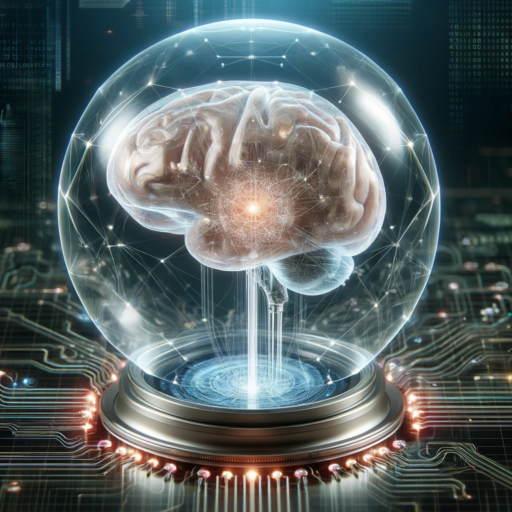In the rapidly evolving landscape of technology, two terms that have captured significant attention and excitement are Machine Learning (ML) and Generative Artificial Intelligence (AI). These innovative technologies are not only transforming how we interact with machines but are also redefining the possibilities across various sectors, including healthcare, finance, entertainment, and more. Let’s delve into what these terms mean, their differences, and how they are shaping the future.
What is Machine Learning?
Machine Learning is a subset of artificial intelligence that focuses on building systems that learn from data. Instead of being explicitly programmed to perform a task, these systems are designed to analyze and interpret complex patterns and structures within the data, enabling them to make decisions or predictions based on their learning. ML algorithms improve automatically through experience, which is what makes machine learning a powerful tool for applications where designing explicit algorithms is infeasible.
Machine Learning can be categorized into three main types:
- Supervised Learning: The model is trained on a labeled dataset, which means that each training example is paired with the output it should produce. This method is used for predictive modeling and regression analysis.
- Unsupervised Learning: The model is trained using information that is neither classified nor labeled, allowing the algorithm to act on the data without guidance. It is used for clustering, association, and dimensionality reduction.
- Reinforcement Learning: The model learns to make decisions by performing certain actions and assessing the outcomes. It is commonly used in robotics, gaming, and navigation.
What is Generative AI?
Generative AI is a frontier within artificial intelligence focused on creating content, whether that be text, images, videos, or even music. It utilizes machine learning models to generate new data that is similar to, but not identical to, the data it has been trained on. This capability makes generative AI particularly exciting for creative applications, enabling machines to produce art, write stories, or compose music that feels authentic and new.
The most common types of generative AI models include:
- Generative Adversarial Networks (GANs): These involve two models, a generator and a discriminator, which work against each other to produce highly realistic outputs.
- Variational Autoencoders (VAEs): These are used to compress data, then regenerate it back, allowing for the creation of new, similar data points.
- Transformer Models: Initially designed for understanding human language, transformers can generate human-like text based on the context they have been trained on.
The Convergence of ML and Generative AI
While machine learning provides the foundation for models to learn and make decisions based on data, generative AI takes this a step further by enabling the creation of new, original content. This convergence is driving innovation in areas such as digital art, where algorithms can produce artworks that rival human creativity, or in natural language processing, where AI can write essays, code, or even poetry.
Applications and Implications
The applications of machine learning and generative AI are vast and varied. In healthcare, ML algorithms can predict patient outcomes, while generative AI can assist in drug discovery by simulating the effects of compounds. In the automotive industry, ML is crucial for developing autonomous driving systems, whereas generative AI can be used to design new vehicle models.
However, with great power comes great responsibility. The advancement of ML and generative AI raises ethical and societal questions, particularly regarding data privacy, security, and the potential for misuse. As these technologies continue to develop, it will be crucial to address these concerns, ensuring that the benefits are maximized while minimizing the risks.
The Future is Now
Machine learning and generative AI represent the cutting edge of technology, offering endless possibilities for innovation and creativity. As these tools become more sophisticated and accessible, they will continue to transform industries, redefine what is possible, and shape our future in unimaginable ways. The journey of machine learning and generative AI is just beginning, and its impact on society and the world at large promises to be profound.

